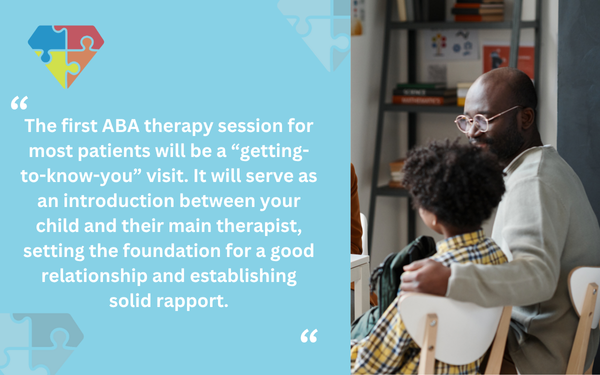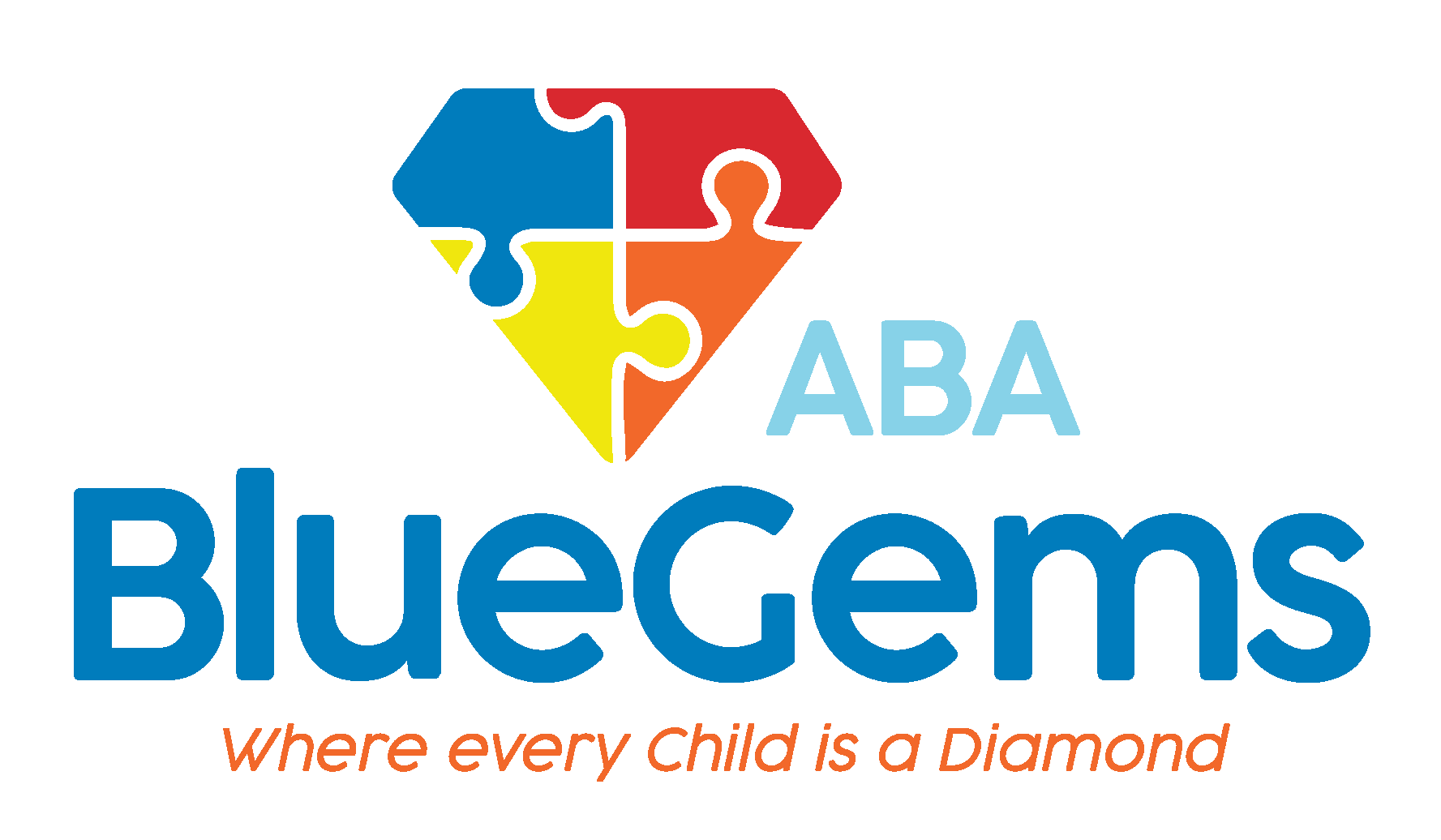What Happens in Your First ABA Session?
When children with autism spectrum disorder (ASD) begin receiving applied behavior analysis (ABA therapy) treatment, it represents a significant milestone — not only for them but for their families.
After receiving their child’s autism diagnosis, it’s natural for parents to feel a range of emotions. Taking that next step to provide the help your child needs is certainly a big one, and one that should be commended.
While starting ABA therapy can be an exciting time, it can also be an anxiety-inducing one. Parents may wonder how their child will take to the treatment, how the therapy team will work with their child and whether it will help their child in the ways that they need.
In this article, we’ll shed some light on this uncertainty to parents of children with ASD so they can see what happens in the first ABA therapy session.
Key Takeaways
- The first ABA session focuses on rapport building and observation, not formal goal work.
- Therapists gather insights about the child’s behavior, preferences, and communication style.
- Parent involvement is essential and welcomed in the first session.
- Setting up the environment and positively preparing the child can improve the experience.
- Routine and visual schedules help children understand and adjust to new therapy sessions.
Table Of Contents
What Happens in the First ABA Therapy Session?
The first ABA therapy session for most patients will be a “getting-to-know-you” visit. It will serve as an introduction between your child and their main therapist, setting the foundation for a good relationship and establishing solid rapport.

That’s one of the main goals of this first ABA therapy session — to ensure that your child feels safe and comfortable in the ABA setting and with their therapist. This will be critical to future success in ABA therapy, since so much of it is predicated on the child interacting with and responding to their therapist.
As such, the first ABA therapy session likely will involve play-based activities that allow the child and therapist to get to know each other. These activities may not be as structured as future therapy sessions, because the focus is on establishing rapport rather than working toward achieving a set goal.
That being said, the therapist will be gathering information from the session, including what the child’s preferences are, what they like, and how they behave, interact and communicate with others. The therapist might do this by introducing basic techniques of ABA therapy, including positive reinforcement.
They will use this information to help cater other ABA therapy sessions to the child’s preferences and responses.
| Concern | What Happens in the First ABA Session |
|---|---|
| Will my child feel safe and comfortable? | The first session is designed to build rapport through play-based activities to help the child feel at ease. |
| What does the therapist do? | The therapist observes how the child behaves, interacts, and communicates, and may begin to use positive reinforcement strategies. |
| Will I (the parent) be involved? | Yes. Parents may answer questions, provide insights, and share helpful strategies, toys, or preferences. |
| How do we prepare our child? | Use positive language, establish routines, prepare the space, and use visual schedules to ease the transition. |
Will Parents Have an Active Role in the First ABA Session?
While parents were likely heavily involved in their child’s diagnosis and initial assessment for ABA therapy, they will also be integrated into the first ABA session as well.
In many cases, this could be as simple as giving the therapist feedback and answering questions while they are interacting with the child. It could be providing instant feedback to provide the therapist with toys and activities the child likes.
In addition, therapists will often discuss the child’s goals for ABA therapy and the general approach to how they will help them reach those goals. This will ensure that everyone is on the same page from the start and that the treatment plan is built collaboratively.
How Can You Prepare Your Child for Their First ABA Session?
It’s always a good idea to prepare your child for their first ABA therapy session in a positive way. How you do that, of course, depends on your child’s age and their abilities.
Always be positive when talking to your child about ABA therapy. This will help them feel more comfortable about it and even get them excited to do something new.
At the same time, you want to make them feel as comfortable as possible. If the therapy is being conducted in your home, set aside a safe and comfortable space for your child so they can play and learn effectively.
If the sessions are being conducted outside the home, prepare your child for where they are going and what they might encounter. This preparation will help them avoid becoming overwhelmed.
Since most children with ASD thrive on routines, it’s also important to work ABA therapy into the daily schedule. You can include your child in this as well, by writing ABA therapy or adding a corresponding picture onto a visual schedule so they know it’s part of their day.
These are just a few ideas for how you can prepare your child for their first ABA therapy session. As with anything, it’s best to cater to your child’s preferences in how you prepare them so that they can be as comfortable as possible.
Blue Gems ABA Works Hands-On with Patients and Parents
The first ABA session can feel overwhelming, for both parents and patients alike. By understanding what’s involved in the first session, and preparing your child for what they’re about to encounter, it can make the experience go smoother.
At Blue Gems ABA, we work hand-in-hand with all patients and parents to ensure a collaborative, transparent and targeted approach to ABA therapy. We do this from the very first session through the last one, based on the specific and unique strengths, needs, challenges and preferences of every child we serve.
To learn more, please contact us today.
Frequently Asked Questions
- Q: Will my child be expected to complete tasks in the first session?
No. The main focus is on building trust and observing the child’s natural behavior. - Q: How long is the first ABA session?
This varies, but it typically mirrors the session length recommended in the treatment plan (often 1–3 hours). - Q: Can I stay in the room during the session?
Often yes — therapists may encourage parents to participate or observe, especially during the first few sessions. - Q: What if my child doesn’t respond well?
That’s okay. The therapist will adapt and take time to ensure your child becomes comfortable gradually.




